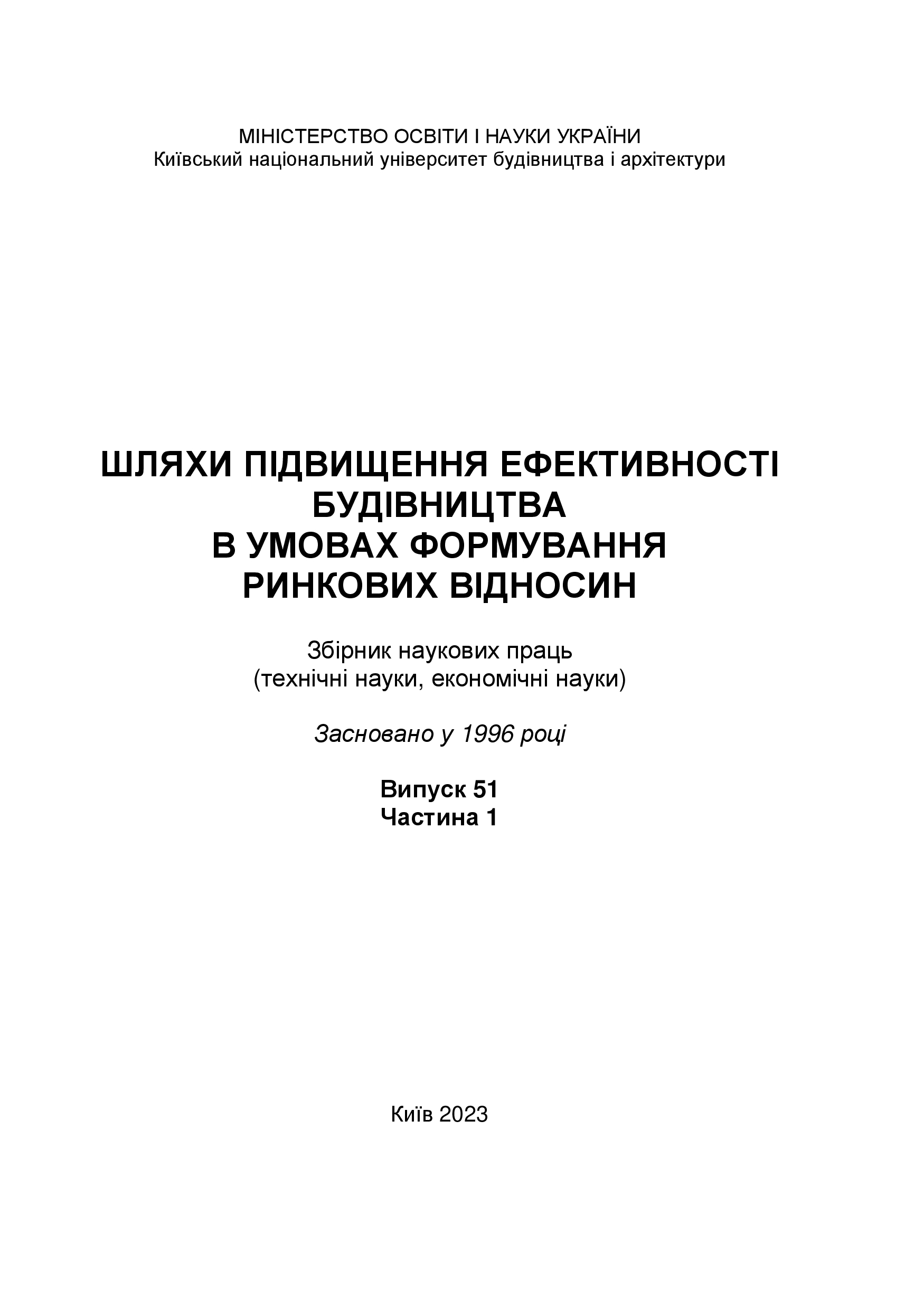Functional assignment of technological accessories for woodworking
DOI:
https://doi.org/10.32347/2707-501x.2023.51(1).206-217Keywords:
boards, wood wool, thermal conductivity, inorganic and organo-mineral bindersAbstract
Forming a heat and sound insulation board from wood using non-combustible binders can increase the fire protection of the material by forming a protective layer of coke. This will make it possible to develop a new type of fireproof roofing products for building structures. It is not always advisable to treat the surface of a heat and sound insulation board with fireproof coatings, since after prolonged thermal exposure, the combustion stage can be transferred to the interior of the material by smoldering. Therefore, the manufacture of fire-resistant heat- and sound-insulating wood materials, the study of fire protection and the impact of their components on this process is an unresolved component of ensuring the fire resistance of building structures. And, accordingly, they determine the need for such research.
The paper presents the results of research into the process of protecting wood wool boards with binders based on fire-resistant coatings. Tests on model samples of a wooden board showed that the material based on wood wool and an inorganic binder is characterized by heat absorption and inhibition of oxidation in the gas and condensed phase and the formation of a thermally protective ceramic layer on the surface of the wood. Experimental studies have confirmed that a material based on wood wool and an inorganic binder at a ratio of 1:1 refers to combustible materials, since its smoldering was recorded during exposure to temperature. So, by thermal action for 90 s, the material ignited and the flame spread over the first three zones for 41 s. On the other hand, an increase in the amount of an inorganic-based binder and the use of an organic-mineral binder does not lead to a material fire. In this case, the maximum temperature of the flue gases was about 120 °C, and the flammability index was 0 due to the decomposition of fire retardants under the influence of temperature with the release of incombustible gases, which inhibit the oxidation of the material and significantly increase the formation of a heat-protective layer of coke on the surface of the material. This leads to inhibition of heat transfer of the high-temperature flame to the material. Due to this, it became possible to determine the conditions of fire resistance of the material by forming a barrier for thermal conductivity. The obtained results indicate the possibility of targeted regulation of high temperature transfer processes to organic material by using special binders for wood products.
References
Tsapko Yu., Tsapko А. Establishment of the mechanism and fireproof efficiency of wood treated with an impregnating solution and coatings. East European Journal Enterprise Technologies. 2017, Vol. 3, №10 (87). Р. 50-55.
Tsapko Yu., Tsapko А. Modeling a thermal conductivity process under the action of flame on the wall of fireretardant reed. East European Journal Enterprise Technologies. 2018, Vol. 2, №10 (92). Р. 50-56.
Tsapko Ju., Guzii S., Remenets M., Kravchenko A., Tsapko А. Evaluation of effectiveness of wood fire protection upon exposure to flame of magnesium. East European Journal Enterprise Technologies. 2016, Vol. 4, №10 (82). Р. 31-36.
Tsapko Yu., Kyrycyok V., Tsapko А., Bondarenko O., Guzii S. Increase of fire resistance of coating wood with adding mineral fillers. MATEC Web of Conferences, 230 (2018), 02034. Р. 1-6. doi: 10.1051/matecconf/201823002034.
Babashov V.G., BespalovA.S., IstominA.V., VarrikN.M. Heat and Sound Insulation Material Prepared Using Plant Raw Material. Refractories and Industrial Ceramics. Vol. 58(2), 2017. Р. 208-213.
Danilov V., Ayzenshtadt A., Makhova T. Obtaining and characterization of wood-mineral Composites. International Multidisciplinary Scientific GeoConference Surveying Geology and Mining Ecology Management, SGEM. Vol. 18(6.1), 2018. Р. 347-354.
Brencis R., Pleiksnis S., Skujans J., Adamovics A., Gross U. Lightweight composite building materials with hemp (Cannabis sativa L.) additives. Chemical Engineering Transactions. 2017, Vol. 57. Р. 1375-1380.
Li Z., Ma J., Ma H., Xu X. Properties and Applications of Basalt Fiber and Its Composites. IOP Conference Series: Earth and Environmental Science. 2018, Vol. 186(2), 012052.
Zaryoun M., Hosseini M. Lightweight fiber-reinforced clay as a sustainable material for disaster resilient architecture of future buildings. Architectural Engineering and Design Management. November, 2018, Vol. 15(3). Р. 1-15.
Alabdulkarem A., Ali M., Iannace G., Sadek S., Almuzaiqer R. Thermal analysis, microstructure and acoustic characteristics of some hybrid natural insulating materials. Construction and Building Materials. 2018, Vol. 187. Р. 185-196.
Grickus A., Guseynov S.E. On one mathematical model for dynamics of propagation and retention of heat over new fibre insulation coating. Environment, Technology, Resources. 2015, Vol. 3. Р. 82-86.
Yuan J., Chen H., Zhong Q., Li K. Optimization for heat and sound insulation of honeycomb sandwich panel in thermal environments. Vibroengineering Procedia. 2017, Vol. 11. Р. 161-166.
Erdoǧan Y. Production of an insulation material from carpet and boron wastes. Bulletin of the Mineral Research and Exploration. 2016, Vol. 152. Р. 197-202.
ДСТУ Б EN ISO 1716 Випробування виробів щодо реакції на вогонь. Визначення вищої (нижчої) теплоти згоряння (EN ISO 1716:2010, IDT). Київ: Мінрегіонбуд України, 2012. 37 с.
Downloads
Published
How to Cite
Issue
Section
License

This work is licensed under a Creative Commons Attribution 4.0 International License.
Authors who publish with this journal agree to the following terms:
- Authors retain copyright and grant the journal right of first publication with the work simultaneously licensed under a Creative Commons Attribution License that allows others to share the work with an acknowledgement of the work's authorship and initial publication in this journal.
- Authors are able to enter into separate, additional contractual arrangements for the non-exclusive distribution of the journal's published version of the work (e.g., post it to an institutional repository or publish it in a book), with an acknowledgement of its initial publication in this journal.
- Authors are permitted and encouraged to post their work online (e.g., in institutional repositories or on their website) prior to and during the submission process, as it can lead to productive exchanges, as well as earlier and greater citation of published work (See The Effect of Open Access).

